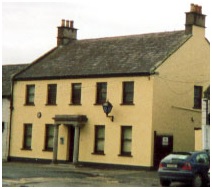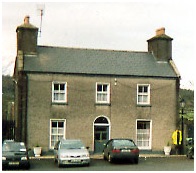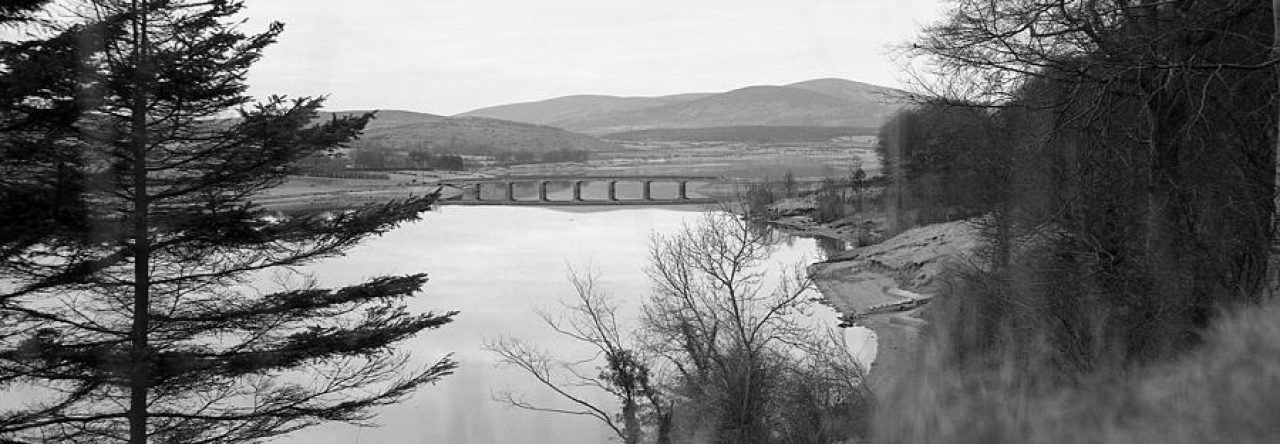The Boyle family did well in the 17th Century, others not so. The Lynchs of Summerhill, for instance, ended up destitute. The O’Rourkes of Breifne had one of their chiefs executed in the Tower of London, another died there. Richard Boyle, the Great Earl of Cork was born in Canterbury in 1566. He lost his parents while a student and came to Ireland to seek his fortune. A cynic might say, he was born lucky for being ‘graceful in person and possessing many accomplishments’. He married an heiress who died a few years later leaving him an estate worth £500 a year, a fortune in those times. To make a long story short, he gained great wealth and prominence becoming Lord Treasurer in 1631. The south transept of St. Mary’s Collegiate Church in Youghal is dedicated to the memory of him and his family. Robert Boyle, the 14th child of the Great Earl was one of the greatest natural philosophers of his age and was one of the founders of the Royal Society of London. It was he, who established Boyle’s Law: “the pressure of a given mass of an ideal gas is inversely proportional to its volume at a constant temperature.” Another son, Roger, the Earl of Orrery, was a highly renowned soldier. A royalist at heart, he was on his way to France to join the exiled future King Charles 2nd when Cromwell caught up with him and offered him the stark choice of a command in Ireland or residence in the infamous Tower. He, not surprisingly, declined the latter. In the year 1677, he published a book entitled “The Art of War” an original copy of which I am fortunate enough to possess. The book is therefore, about the same age as Blessington, and has a Boyle connection.

Archbishop Michael Boyle (our man) was another member of the illustrious family – a cousin of the Great Earl. Charles 2nd granted him, as Archbishop of Dublin, £2,000 per annum, the Lordship of Tallaght and the Lordship of Blessington to include the following townlands: Munfin, Ballycommon, Three Castles, Butterhill, Knockieran, Old Court, Ballyward, Ballinascullogue, Ballysmuttan, Ballysilloroe, Ballinatone, Ballydonald, both the Leohs (including Ballylow)and Ballinabracky. He built St. Mary’s Church in his new town. His Lordship fenced off his Deerpark and built an imposing mansion on it. None could hunt there without his permission, excepting only the Lord Chancellor. He appointed bailiffs to protect his deer from poachers. His fishing and hawking rights were protected likewise. Guilty poachers would be tried by his court, fined or put in his prison. He erected (or at least up-dated) the mill race and corn mill on the Liffey. Grain growers were obliged to have their crop ground at the Lord’s mill or face heavy fines. Waifs, Strays, Felons or Fugitives were severely dealt with, often being whipped out of the area. He had pigeon houses on his Manor. All mines were his sole possession. Thursday markets were set up. To encourage Protestant people to settle in Blessington, the said town was to be a free borough and would consist of a Sovereign, two Bailiffs and twelve Burgesses. It would have the right to send two Burgesses (M.P.s) to every Parliament in Dublin. His Lordship would encourage good husbandry on his estate. He would subsidise and supervise the local inn. He would look after street lighting and cleaning. He would contribute to bridge and road building. He was benefactor to the local Protestant School, Church and the Dispensary. But, he was Lord of the Manor and when he visited his town one can only imagine the scene. For days beforehand, everywhere would be got in order. When he reached his property the horses of the carriage would be unharnessed and the grateful tenants would themselves draw the carriage triumphantly through the town and up the avenue to his residence. Her Ladyship’s lady-in-waiting would be in attendance with a cloak and a parasol, the cloak to be used in case it got chilly: the parasol to ward off the offending sun. Only peasants got tanned then from working outdoors. Paleness was synonymous with gentility. The maids would be lined up to receive ‘the quality’ and curtsy at the appropriate time. The men off-capped and looked humble and subservient. From early morning fires would have been lit in each room to be used by the Master and Mistress. Candles would throw light from magnificent chandeliers. The glow of bonfires from all around was still very much in evidence. The Lord and his Lady and their entourage were well satisfied. The servants, tenants and peasants were, in their humble station, happy also. There was order to things. They all knew their place.

Next evening there would be great preparation for the Ball that night. Upstairs the maids and ladies-in-waiting were working hard. Glycerine and rose water would be rubbed on the shoulders and neck of her Ladyship. Over that would be administered liberally a coating of talcum powder to give a smooth marble like effect. Downstairs the under maids would be red faced from leaning over pots and the terrific heat of the kitchen fires. There would be an abundance of venison and game of all sorts, which the men had bagged that day. The coachman, groom, carpenter, blacksmith and their ilk had their quarters behind the main edifice in the yard. They could hear the sedate music from inside. It wasn’t to their liking. They preferred their own stirring folk music and the energetic dancing that went with it. They could see shadows crossing the windows at times – those uppity waiters and butlers swanking around. And when they or their womenfolk sneaked up to a window sometimes to see what was going on, they noticed all were drinking out of not mugs, but glittering glasses and not ‘uisce beatha’ but wine and brandy. Some men smoked huge wads of tobacco. There was no spitting! What remains of the original town of Blessington built in the late 17th Century? The photograph above is an example of one of the oldest buildings.
Any comments or questions would be most welcome – feel free to contact me.


Leave a Reply